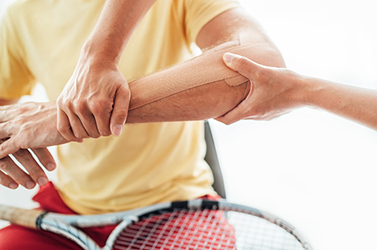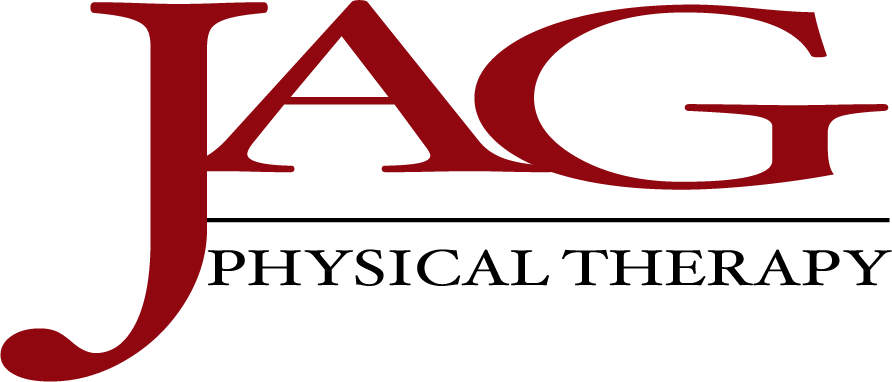The elbows are considered one of the most complex joints in the body, as they consist of bone, ligaments, cartilage, and fluid. They are responsible for much of our upper body mobility, as we wouldn’t be able to bend and move our arms without them. Since the joint is so complex, it is also susceptible to many different kinds of injuries.

Two common injuries that people experience are tennis elbow (lateral epicondylitis) and golfer's elbow (medial epicondylitis). Despite their names, you don't have to be a tennis player or golfer to suffer these injuries. In fact, fewer than 5% of tennis elbow diagnoses are related to the sport. Both tennis elbow and golfer’s elbow are forms of epicondylitis, an inflammation of tendons that attach to the elbow. Any activity that involves repetitive gripping and twisting motion can cause these issues.
Even though the two injuries may sound similar there are a few significant differences between the two:
- Location of Inflammation: Tennis elbow presents itself with inflammation around the outside of the elbow and forearm, while golfer's elbow comes with inflammation on the inside of the arm and elbow. Tennis elbow indicates damage to the outside tendon attached to the muscles that stretch your wrist backward and enable the fingers to spread. In contrast, golfer's elbow affects the inside tendon connected with the muscles used for flexing the wrist and for gripping things.
- Symptoms: Although the symptoms of both injuries are similar, they occur on the opposite side of the elbow and forearm and present themselves in different ways.
Below we will break down the symptoms of both injuries so you may be able to assess where your pain is located.
Symptoms of Tennis Elbow
- Pain or tenderness on the outside of the elbow
- Pain made worse by lifting a heavy object
- Pain when gripping objects
- Pain that shoots down the forearm
- Discomfort when opening a door
- Soreness when shaking one's hand
Symptoms of Golfer's Elbow
- Pain or tenderness on the inside of the elbow
- Numbness or tingling that may radiate into one or more fingers, most commonly the ring and little fingers
- Aching in the inner elbow during or after activity
- Pain when making a fist
- Hands and wrists may become weaker than usual
Treatment
Both tennis and golfers' elbow can be treated the same way and many times will heal on its own with proper rest. However, it’s important to visit your doctor or physical therapist if you feel the pain is worsening or not showing any improvement.
- Rest: Limit manual tasks such as lifting, and try to avoid any activities that require putting stress on your tendons until you are fully recovered. If complete rest is not possible, try modifying your daily activities in a way that won't aggravate your elbow. If you feel any pain, immediately stop the activity.
- Ice: Apply ice to the affected area as often as possible. It is recommended to ice the elbow for 20-30 minutes every 3 to 4 hours.
- Painkillers and NSAIDs: Taking over-the-counter (OTC) painkillers, such as ibuprofen or another non-steroidal anti-inflammatory drug (NSAID) may help ease mild pain and inflammation caused by tennis elbow. Additionally, NSAIDs are also available as creams and gels and can be applied directly to the elbow.
- Physical Therapy: Physical therapists can provide treatments and exercises to help reduce pain and inflammation to help improve motion.
JAG Physical Therapy is proud to offer a variety of treatments for all elbow injuries, including treatment plans specifically designed for epicondylitis. For more information or to make an appointment to meet with one of our therapists, please contact us here.
Learn More About Elbow Physical Therapy from JAG PT:
